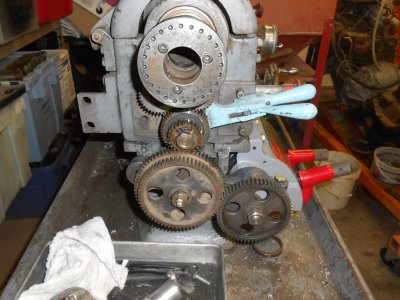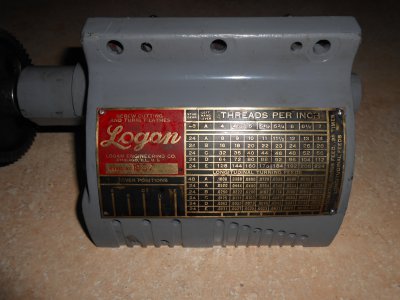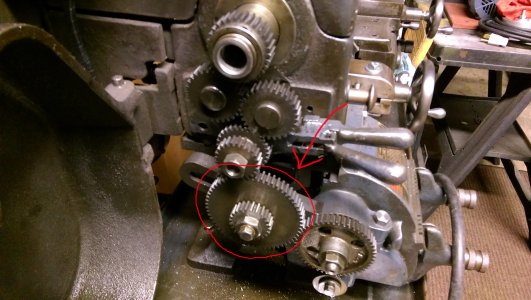- Joined
- Nov 9, 2013
- Messages
- 790
GG,
Thanks for the info. I wonder if it is the same vendor that makes the replacement bracket (LA-517)for securing the banjo assembly? I suspect that I may need another 72T gear to put on the input side of the QCGB. And it is possible other things are wrong also...:think1:When I tried to run a 10tpi threading speed on a piece of scrap, I was nowhere near 10, more like 28... So, I got to slow it down some.
It's possible. His eBay name is "trikerdad". Here is a link to his store: http://stores.ebay.com/raybillscustomoptions/
It looks like he has a banjo for sale, but I don't know if he makes them or not. He has a lot of Logan parts.
Mine had a 48 tooth gear on the banjo when I bought it, and the lead screw was spinning *very* fast. The motor couldn't even spin up to speed when on the "A" range on the QCGB. I attempted to cut some threads, and my 8 TPI threading attempt came out at something like 16 TPI. I was confused, did some reading, and found out that it should have the 72 tooth gear installed. I changed the banjo gear to the 72 tooth, and threads came out like they were supposed to. I'm not sure why you would want to use the 48 tooth gear if it throws everything off, but it was in there. It sounds like yours may be the same.
GG




